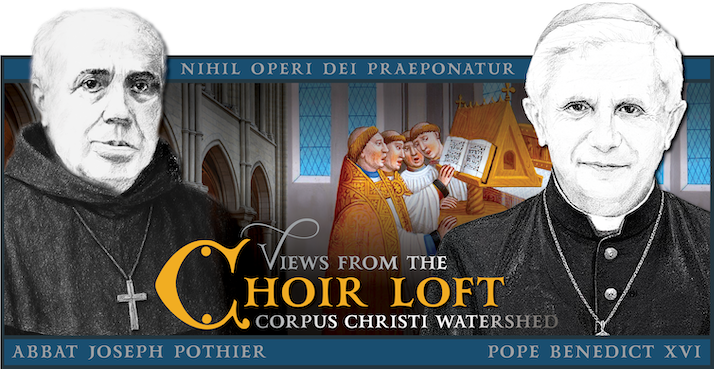An Interview on Mocquereau’s Method
I recently appeared on Square Notes, the Sacred Music Podcast to discuss some of the basics of Dom Mocquereau’s system of Gregorian rhythm. It’s impossible to give a full treatment to such a complex topic in a mere forty minutes, but I touched on a lot of the foundational ideas, with especial emphasis on the […]












